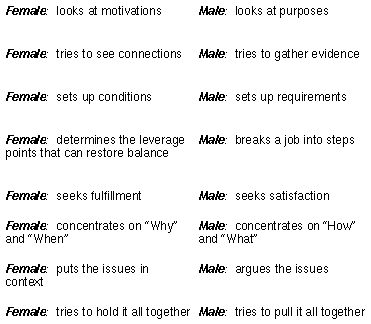The Main Character and the Obstacle Character will each have a role in the Objective Story in addition to their explorations of their own throughlines. From the Objective Story point of view we see all the story’s Objective Characters and identify them by the functions they fulfill in the quest to reach the Objective Story Concern. The Objective Story throughline is what brings all of the characters in the story together and describes what they do in relation to one another in order to achieve this Concern.
It is extremely important to be able to separate the Main Character throughline from the Objective Story throughline in order to see your story’s structure accurately. It is equally important to make the distinction between the Obstacle Character and the Objective Story. Exploring these two characters’ throughlines in a story requires a complete shift in the audience’s perspective, away from the overall story that involves all the characters and into the subjective experiences that only these two characters have within the story. Thus, each of these throughlines should be considered individually.
The Main Character and the Obstacle Character will, however, each have at least one function to perform in the Objective Story as well. When we see them here, though, they both appear as Objective Characters. In the Objective Story all we see are the characteristics they represent in relation to the other Objective Characters.
So if your Main Character happens to be the Protagonist as well, then it is purely as the Protagonist that we will see him in the Objective Story. If your Obstacle Character is also an Archetypal Guardian, then his helping and conscience are all you should consider about that character in the Objective Story.
In every story, these two will at least be called upon in the Objective Story to represent the story’s Crucial Element and its dynamic opposite. It is possible that the Main and Obstacle Characters could have no other relationship with the Objective Story than these single characteristics. The point is that their importance to the Objective Story should be thought of completely in terms of these and any other Objective characteristics which are assigned.
From the Dramatica Theory Book


